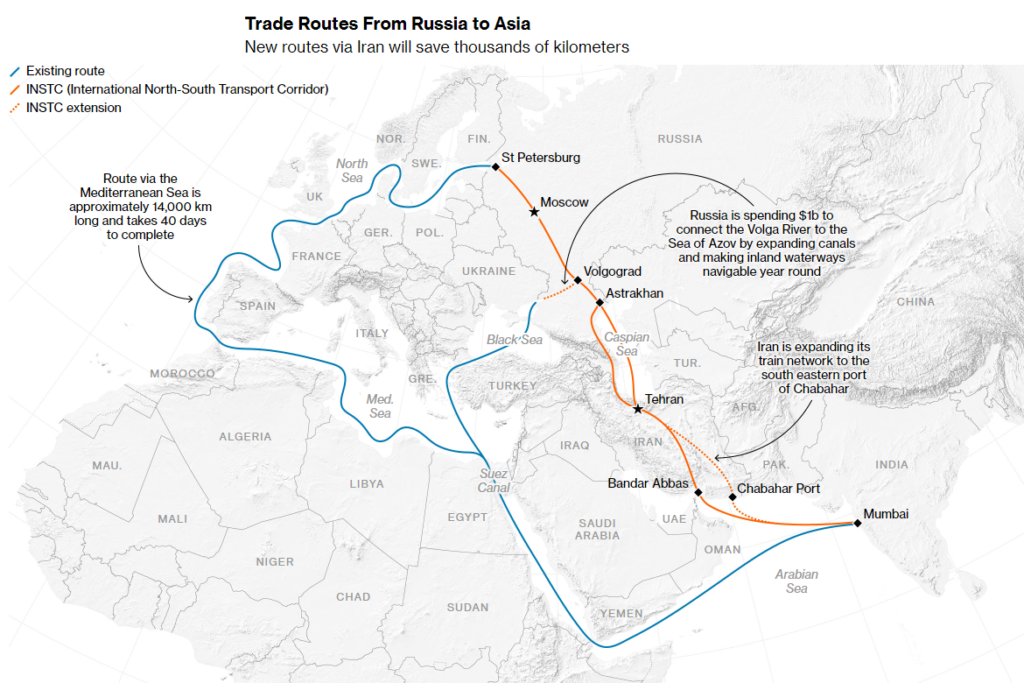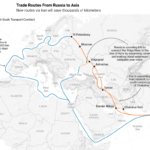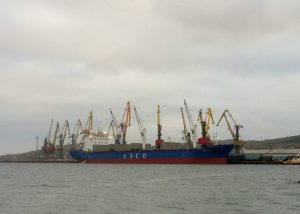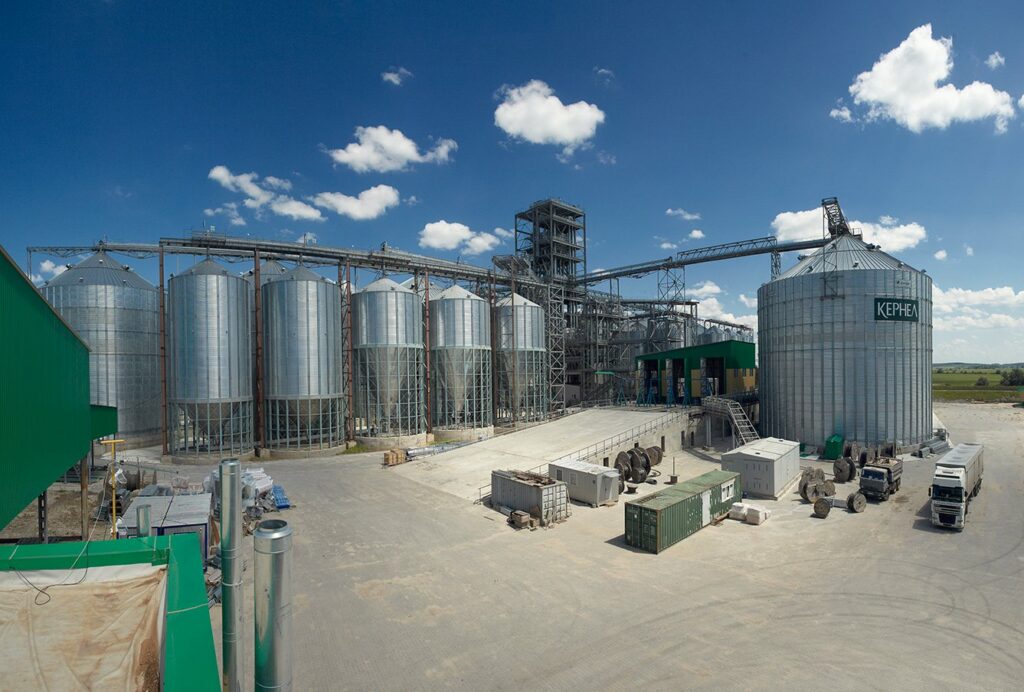Russia and Iran are building a new route to transport grain and weapons

Russia and Iran are investing more than $20 billion to facilitate the transportation of goods by water and rail.
Countries are building a new transcontinental trade route stretching from the eastern edge of Europe to the Indian Ocean, a 3,000-kilometer (1,860-mile) passage that is beyond the reach of any foreign intervention.
The two countries are spending billions of dollars to speed up the delivery of goods on rivers and railways connected by the Caspian Sea. Vessel tracking data compiled by Bloomberg shows that dozens of russian and Iranian vessels, including some under sanctions, are already plying this route.
The goal of the two states is to protect commercial ties from Western interference and build new ones with the giant and fast-growing economies of Asia.
The trade corridor currently being formed will allow russia and Iran to cut thousands of kilometers from existing routes. At its northern end is the Sea of Azov, which is bordered by the Crimean Peninsula, the southeastern coast of Ukraine, including the russian-occupied port of Mariupol, and the estuary of the Don River.
Earlier this month, listing his country’s “gains” from the war in Ukraine, vladimir putin said that the Sea of Azov “has become an internal sea” for russian federation. From there, river, sea, and rail networks extend to Iran’s hubs on the Caspian Sea and eventually to the Indian Ocean.
At an economic forum in September, putin emphasized the need to develop maritime, rail and road infrastructure along the route, which “will provide russian companies with new opportunities to enter the markets of Iran, India, the Middle East and Africa, as well as facilitate supplies from these countries in return.”
According to preliminary estimates, russia and Iran are investing about $25 billion in the internal trade corridor, helping to facilitate the flow of goods that Western countries want to stop.
The plans are worrying the US and its allies as they seek to block the transfer of Iranian drones and other military assets they believe are helping the Kremlin in its war in Ukraine.
Apart from any arms trade between countries, there are strong economic reasons for a new transit route.
Vessels moving on the Don and Volga rivers traditionally carry energy and agricultural goods (Iran is the third largest importer of russian grain), but the range is planned to be expanded. The two countries announced a number of new business deals covering goods including turbines, polymers, medical supplies and auto parts. russia also supplies nuclear fuel and components for Iran’s Bushehr reactor.
russia has to make up for the sudden severance of its commercial ties with the EU caused by the imposition of Western sanctions after February 24. Before that, Europe was the biggest trading partner of the terrorist country.
Russian federation plans to invest $1 billion in improving navigation through the Azov River, the Don River and the canal connecting the Volga. According to Bloomberg, hundreds of ships pass through the strait connecting the Black and Caspian seas every day, and traffic jams regularly form around the narrowest points.
The shallowness of some sections of the Volga-Don Canal limits the size of vessels carrying, for example, russian grain to approximately 3,000 tons. Modernization of the canal can allow twice the size of ships to pass through it.
Currently, russia is finalizing the development of rules that will give ships from Iran the right to pass through inland waterways on the Volga and Don rivers, the Iranian Maritime News Agency reports.
Vessel traffic data compiled by Bloomberg already show that at least a dozen Iranian vessels, some operated by the sanctioned Iran Shipping Lines Group, ply the waters between the country’s Caspian coast and key ports on the Volga River.




